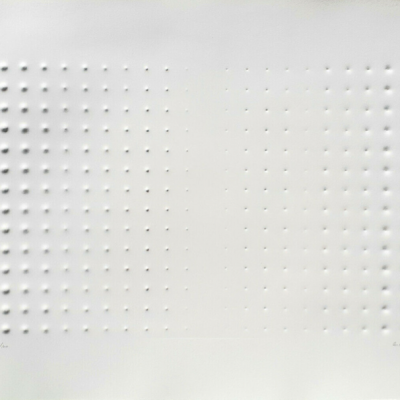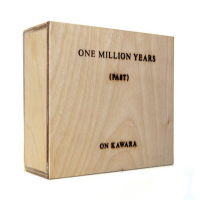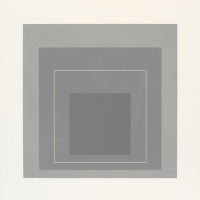
What is a Relief printing?
Relief printing is the process of etching or cutting a printed surface so that the design which will be printed is the only part left. Removing all the parts not wanted in the final product allows only the design to be printed.
Image © Enrico Castellani- Show All
- Established
- Discoveries
ARTWORKS RELATED TO RELIEF PRINTING
Jaume Plensa
Be the change you want to see in the world, 2022
Limited Edition Print
Relief printing
Inquire For Price
Jaume Plensa
Faith is taking the first step even when you don't see the whole staircase, 2022
Limited Edition Print
Relief printing
EUR 3,000
Jaume Plensa
The beginning of wisdom is to call things by their right names, 2022
Limited Edition Print
Relief printing
EUR 3,000

Populist artistic art movement that is centered on sending work, though small scale postal service. It was initially developed from Fluxus between 1950s-1960s and has since then evolved and developed to become the present day global art movement. Ray Johnson was the first mail artist and his New York School is considered as the first network conscious of mail artists. Mail artists greatly rely on a network as a way of exchanging their artwork.

Art movement that strongly emphasizes on abstraction. The term concrete was coined by the artist Theo Van Doesburg as he founded a group in the 1930s called "Art Concret" together with four other artists namely Heinz Mack, Yaacov Agam, Pol Bury and Jesus Soto Rafael. Concrete art can include both sculpture and painting..

Drawings and writing painted, scratched or scribbled on a wall or any other surface mostly in a public place. Graffiti art is wide and ranges from small to elaborate writings or wall paintings. This art has been in existence since the ancient times with some of the commonly used examples dating back to Roman Empire, Ancient Greece and Ancient Egypt.

















